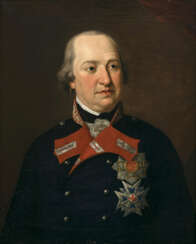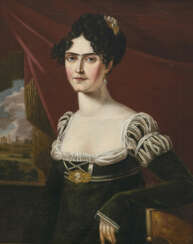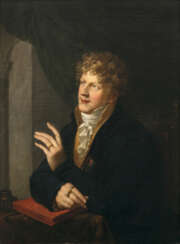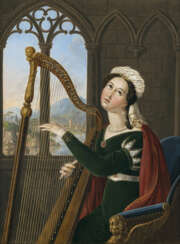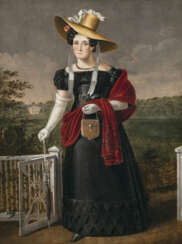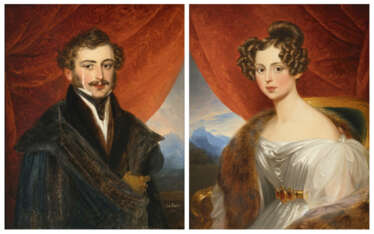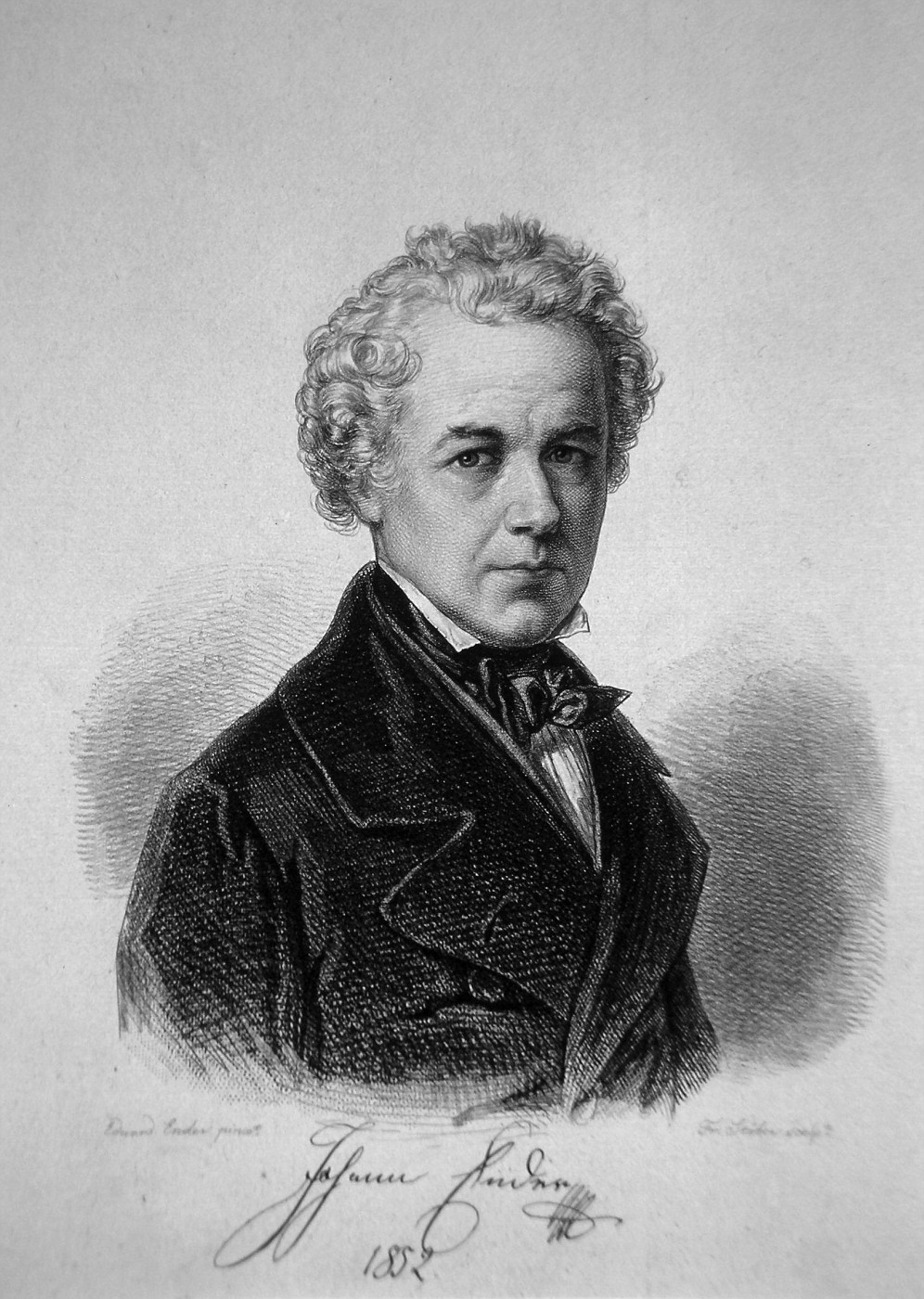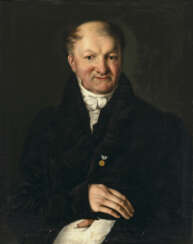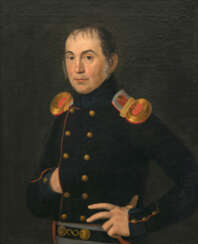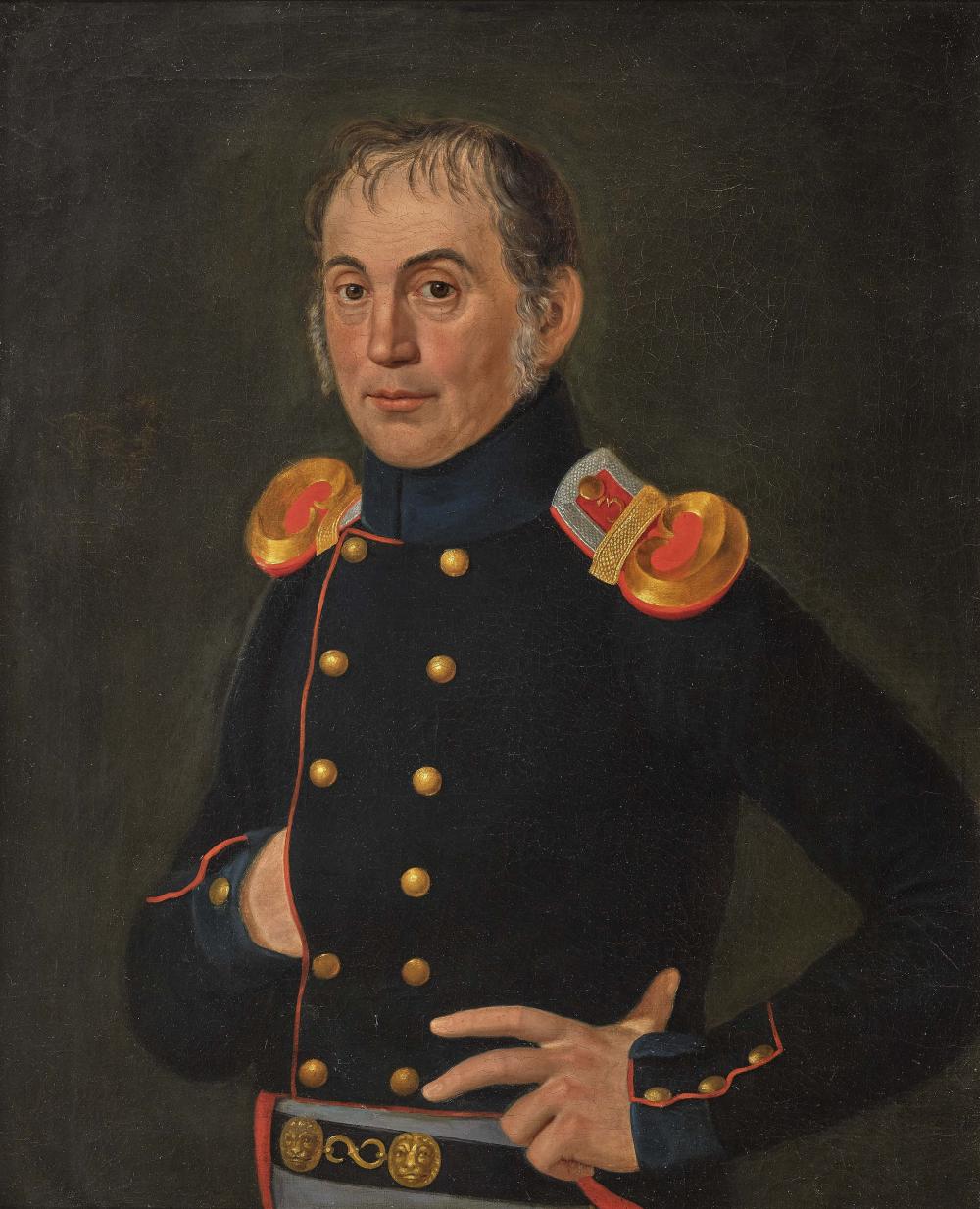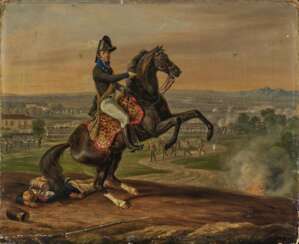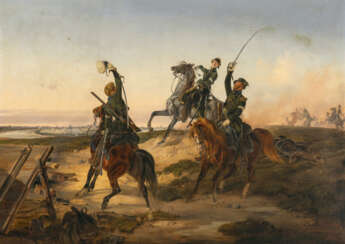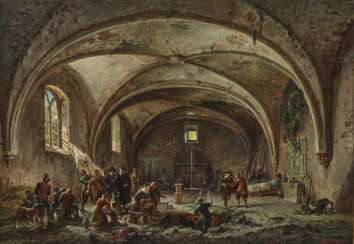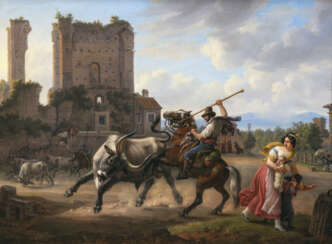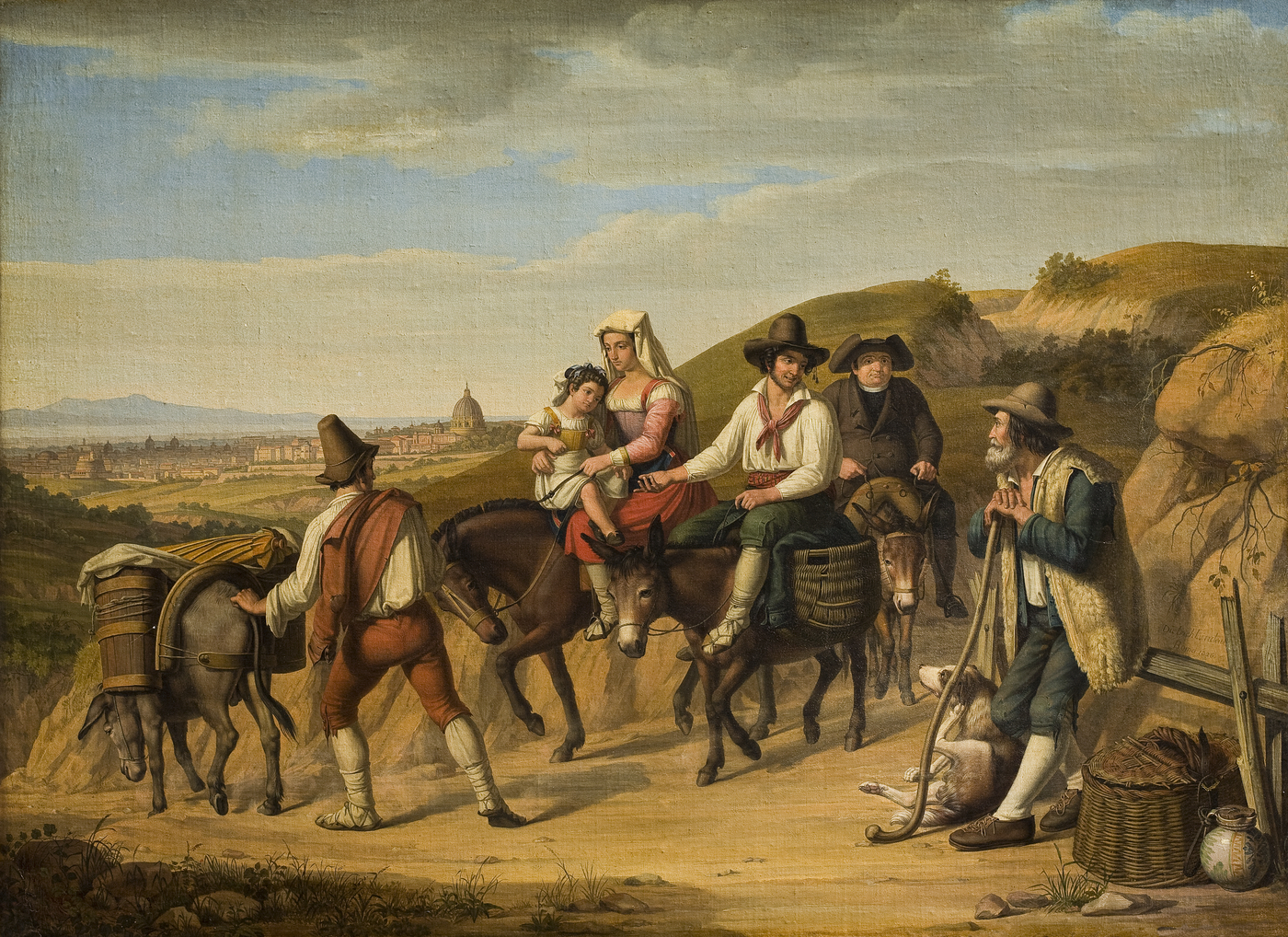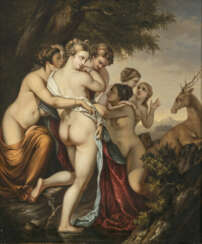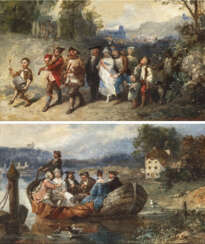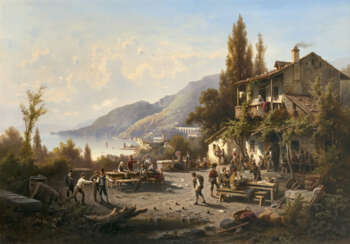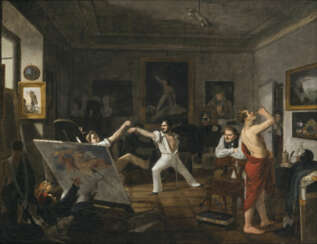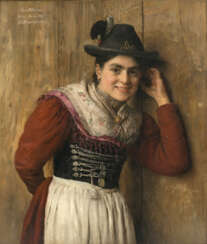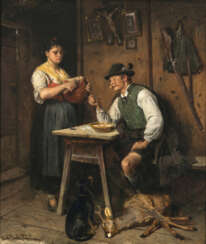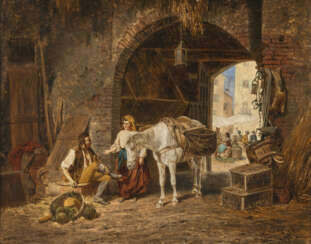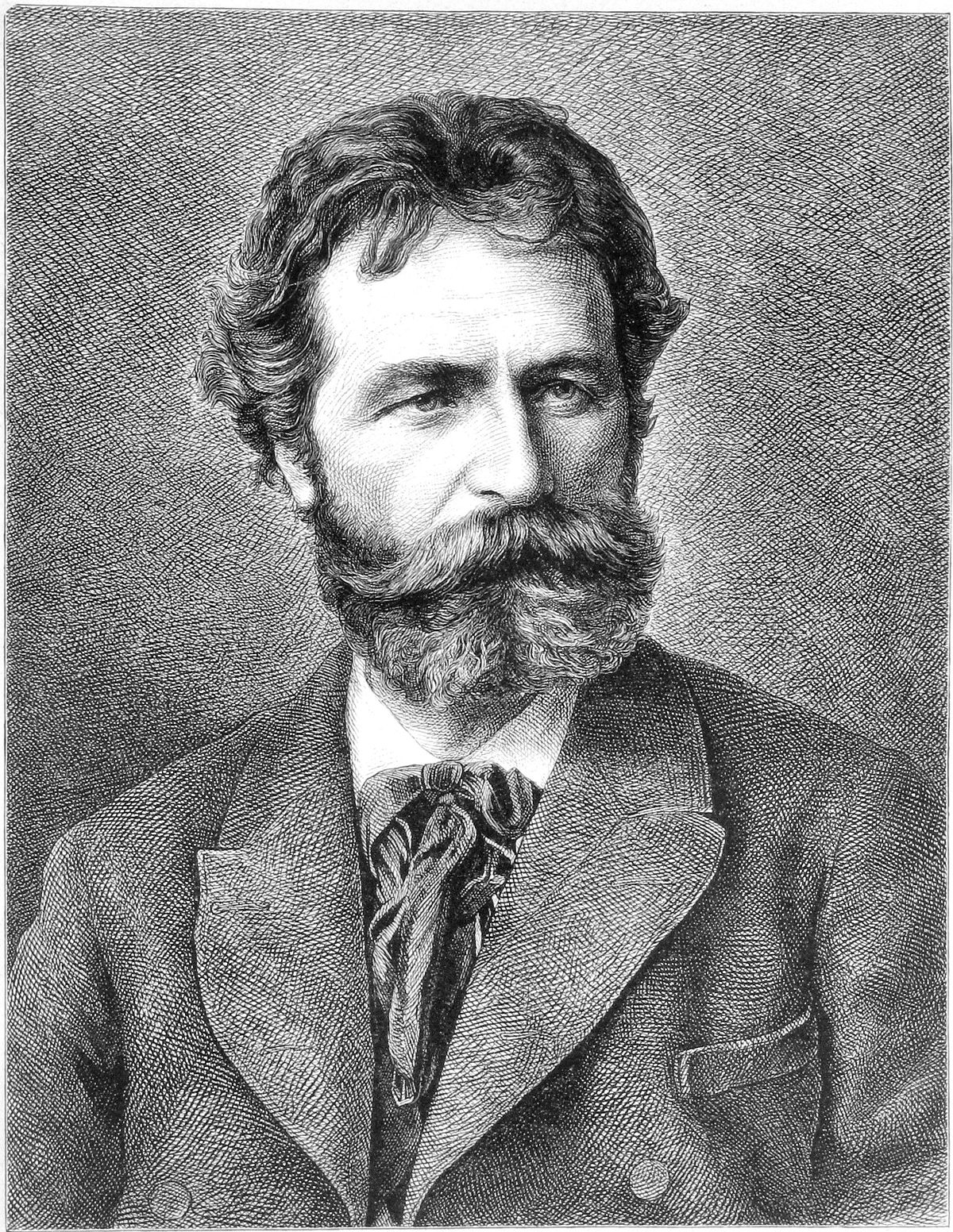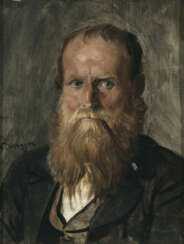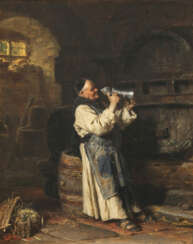
Paintings 19th - 20th century — 407-3: Fine Art 15-20 century
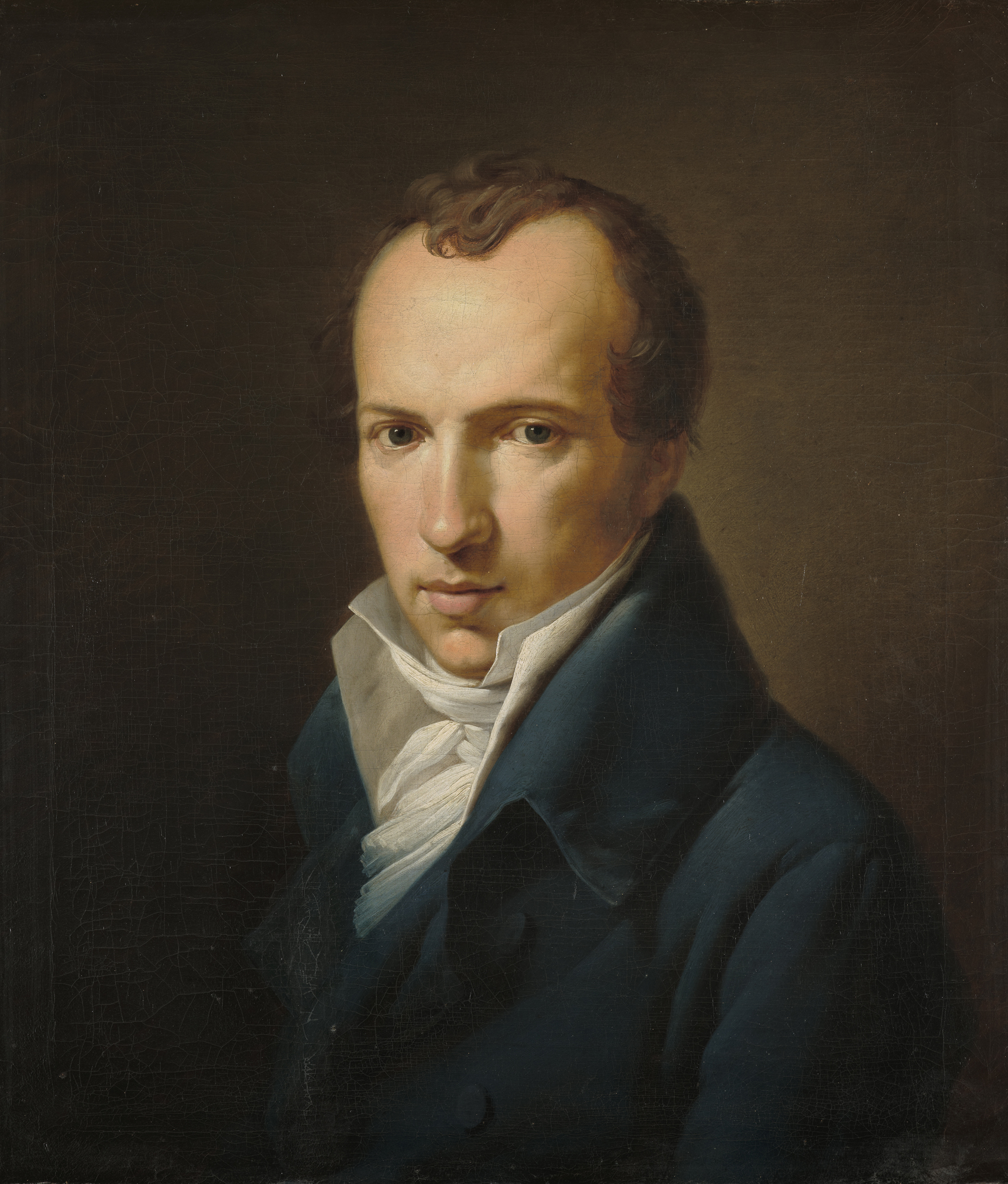
Moritz Kellerhoven was a German portrait painter and etcher.
Kellerhoven acquired a good reputation as an art painter, which is why Elector Karl Theodor appointed him court painter in Munich in 1784. In 1808, during the reorganisation of the Munich Academy of Fine Arts, he advanced to become the first professor there.
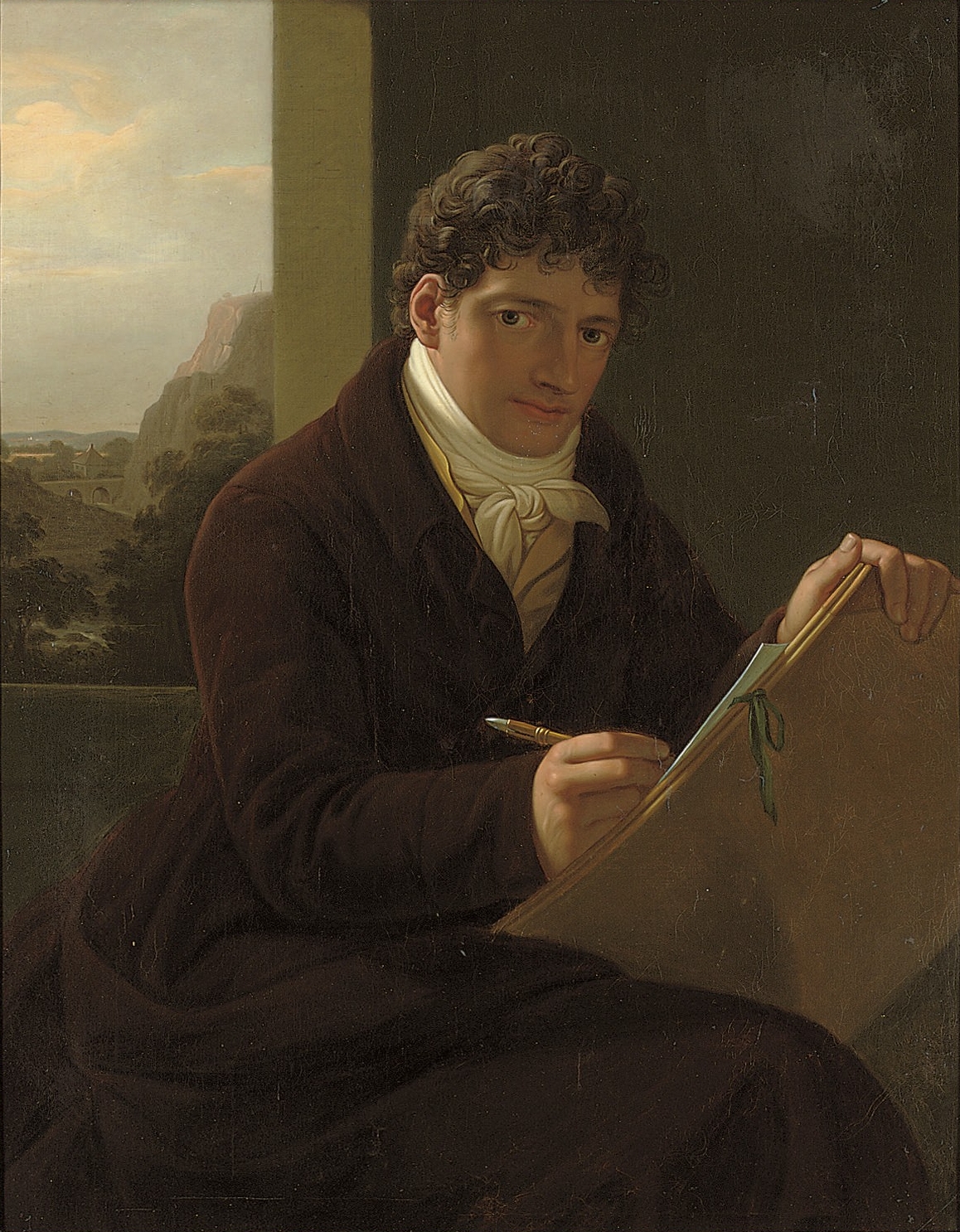
Josef Grassi was an Austrian portrait and history painter. His middle name is usually given as "Maria", although there is evidence that it was actually "Mathias". He is also called "Giuseppe Grassi".
Grassi is best known for his sensitive portraits of women. In his later years, his style became less graceful and settled into a form of academic classicism.
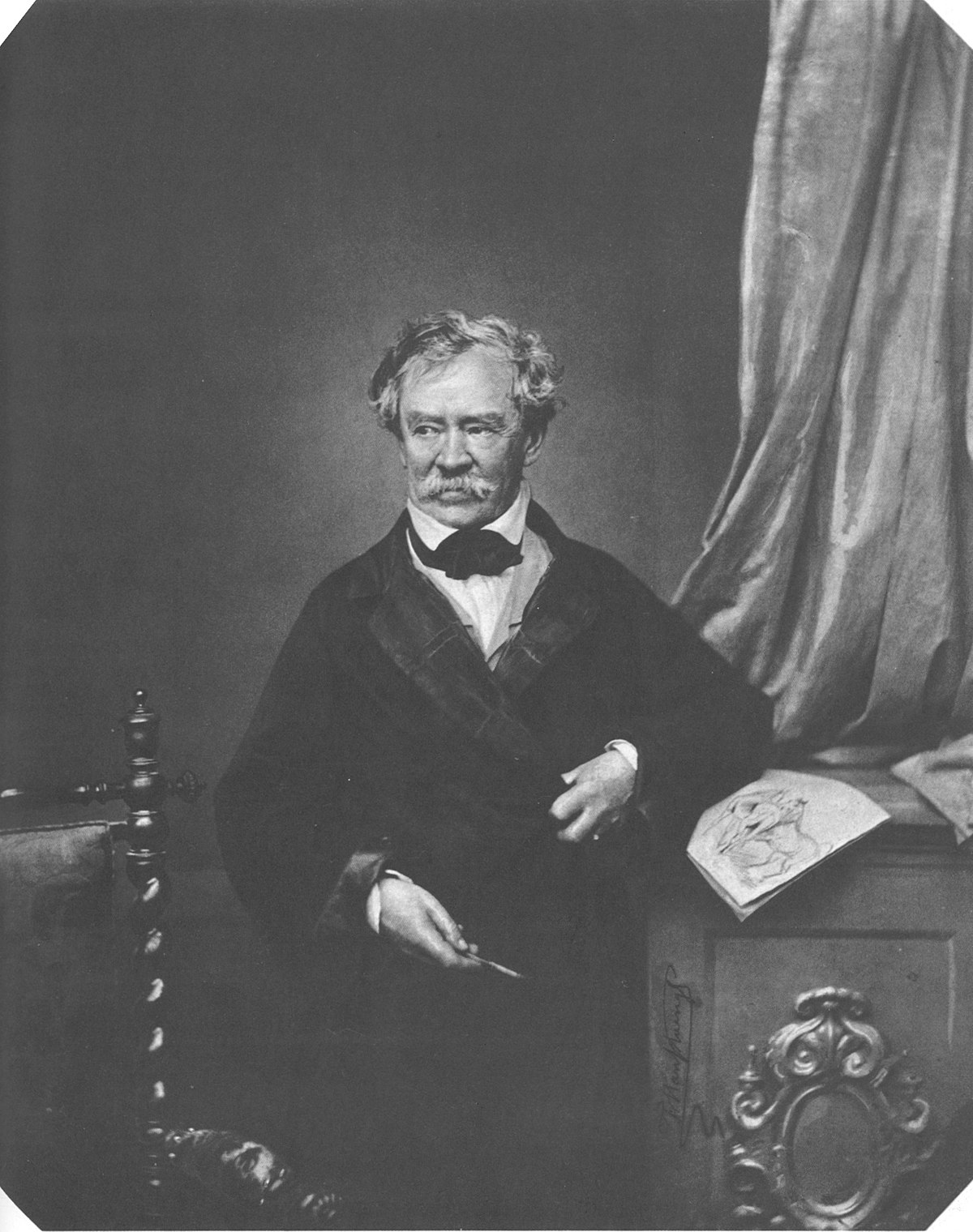
Albrecht Adam was a Bavarian painter of the first half of the 19th century. He is best known for the fact that as a member of Napoleon's Grand Army he took part in the campaign against Russia in 1812 as the official artist of the headquarters of the IV (Italian) Corps. Throughout the campaign, the artist made sketches and drawings, capturing many of the important events of the campaign. Later, many of these sketches became the basis for full-fledged paintings, and to subjects from the Napoleonic wars, which he witnessed, Adam addressed until the end of his very long life.
Albrecht Adam was also the author of memoirs, in which he described in detail the Battle of Borodino and a number of other key events of the War of 1812.
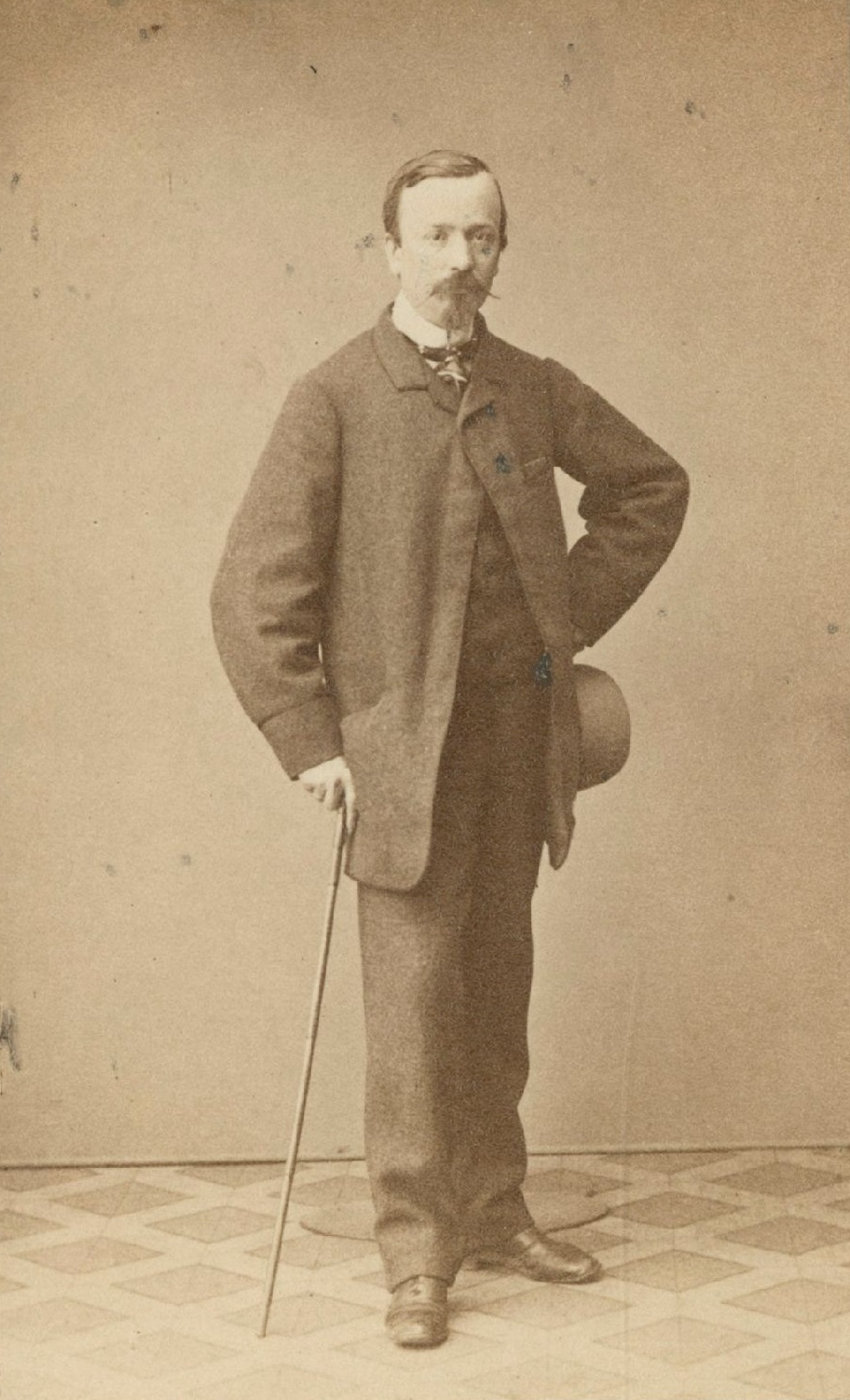
August Levin von Wille was a German landscape painter, genre artist and illustrator.
Some of his earliest known works were, effectively, political cartoons made during the revolutions of 1848/49.
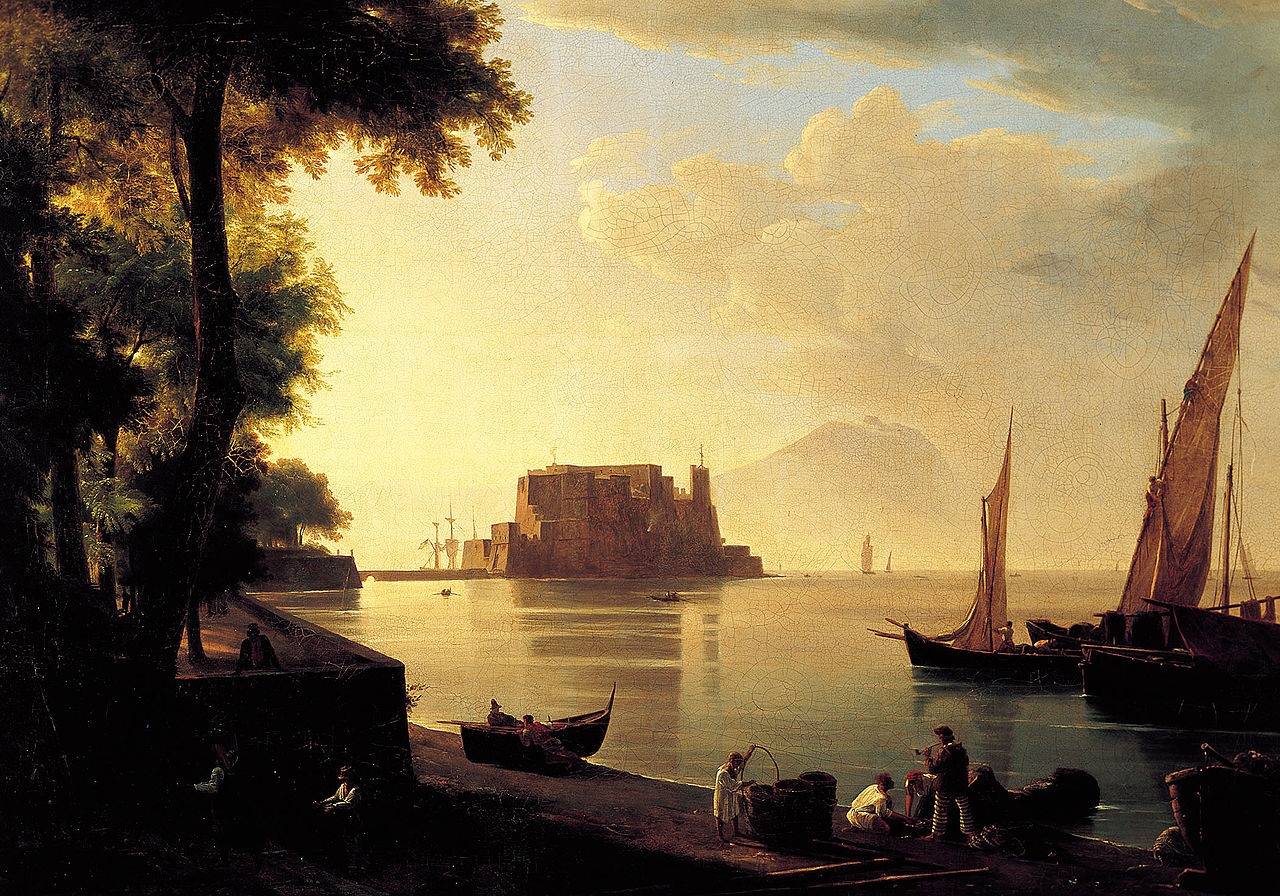
Antonie or Anton Sminck Pitloo was a Dutch painter. His surname was originally Pitlo, but he added the extra "o" because he was often mistaken for an Italian while resident in Italy. In Italian he is also known as Antonio van Pitloo.
He was considered a leading exponent of the "Posillipo School" of painting, named to the area where he lived in Naples. His paintings have been compared to precursors of Impressionism, some sixty years before this was invented.
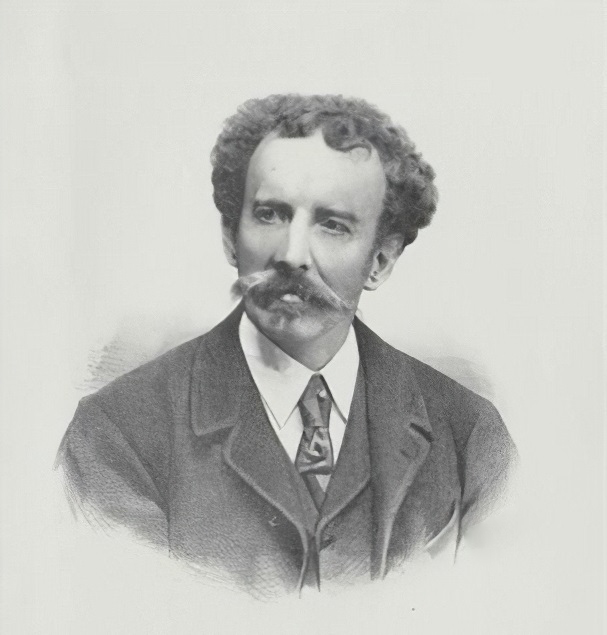
Albert Rieger was an Austrian painter best known for his dark, muted landscapes of Vienna. He frequently depicted mountains, waterways, and forests rendered in great detail with a particular relish given to the effects of light, using oscillating brush marks and contrasting moments of shadow to animate his subjects.
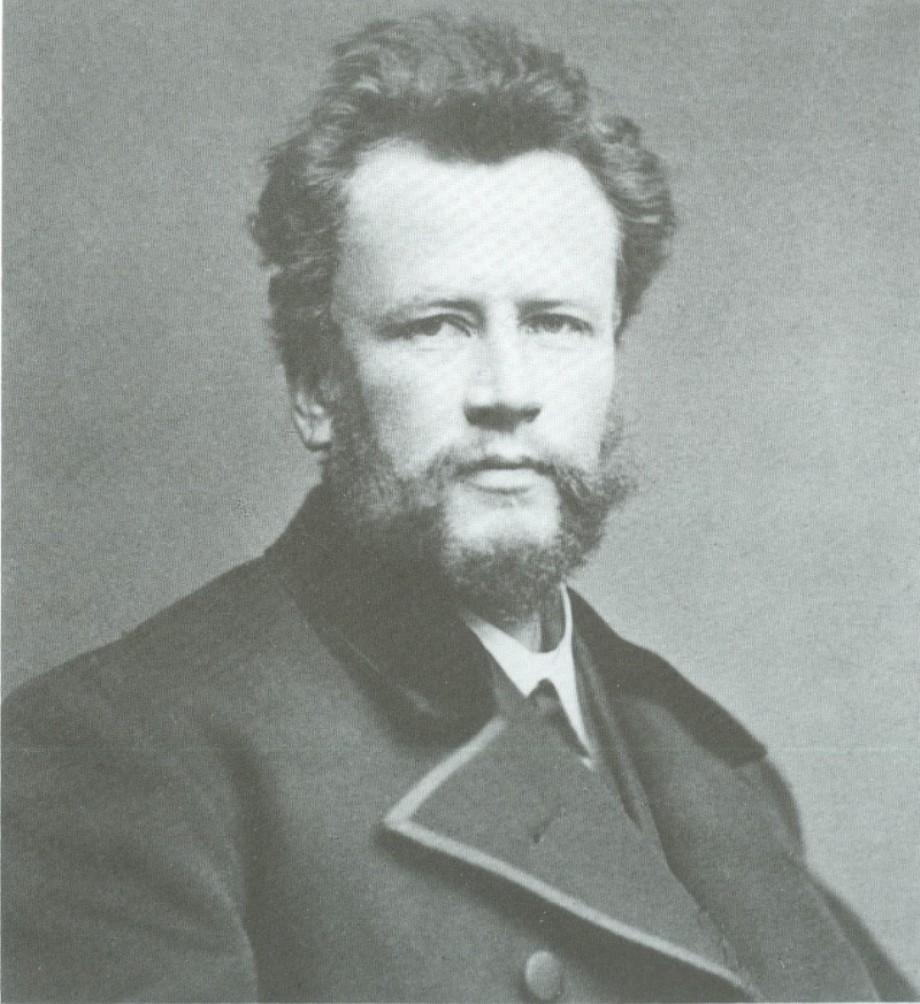
Hugo Wilhelm Kauffmann was a German painter of the second half of the 19th and early 20th centuries. He is known as a household painter, a representative of the Munich school of painting.
Kauffmann painted genre works, the action of which often took place in taverns. He executed his paintings on wood in small sizes. The artist's keen observation and healthy sense of humor, combined with his characteristic drawing and coloring, gave his works freshness and vividness. He drew his subjects from the life of the lower strata of society, creating a sense of reality in his paintings.
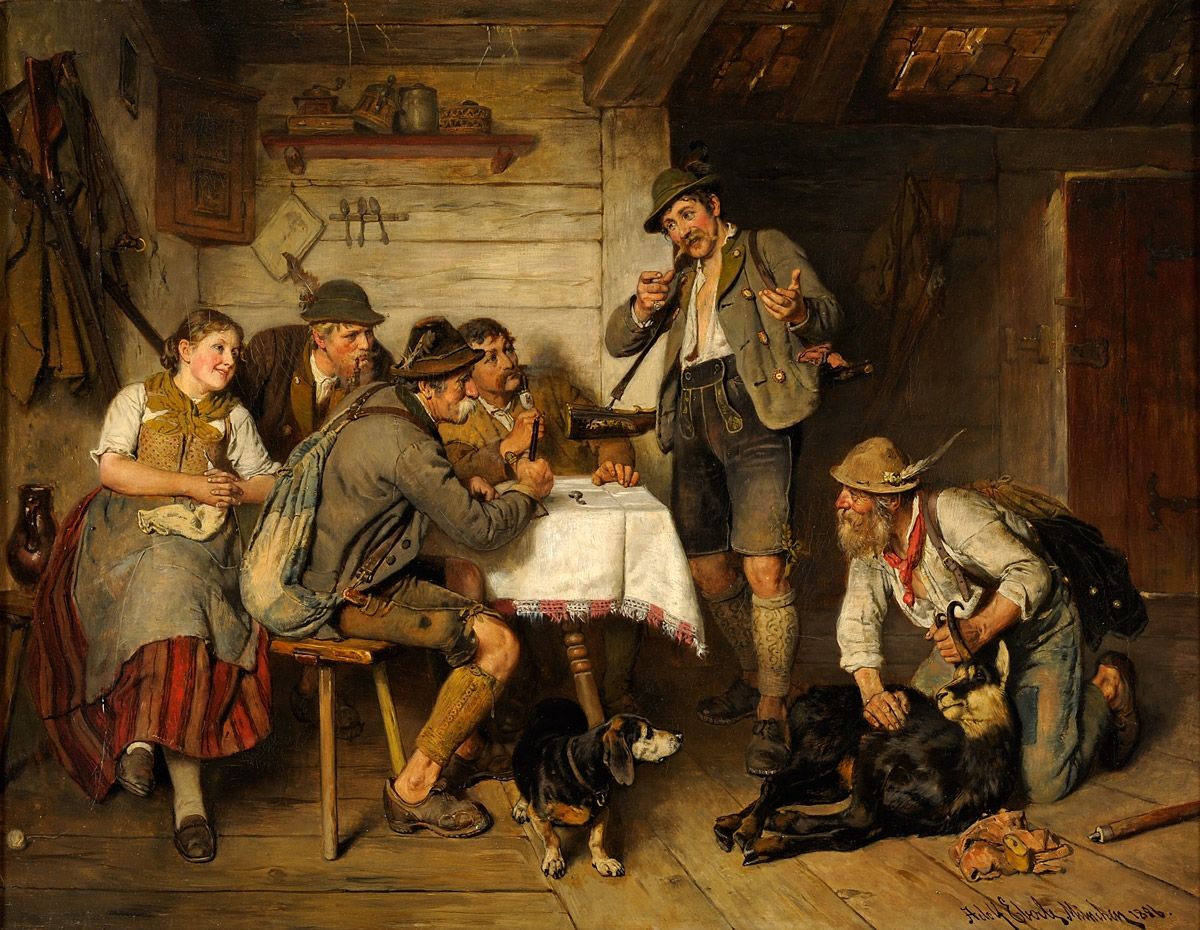
Adolf Eberle was a German painter of the second half of the nineteenth and early twentieth centuries. He is known as a genre painter and animalist.
Adolf Eberle specialized in depicting rural life, especially Bavarian and Tyrolean farmers and hunters. Early in his career, he was interested in historical subjects, but quickly returned to depicting peasant and animal life. His painting "The Sale of the Last Cow" brought him his first great success in 1861, and in 1879 at the Munich exhibition his work "The First Deer" was highly praised by the jury.
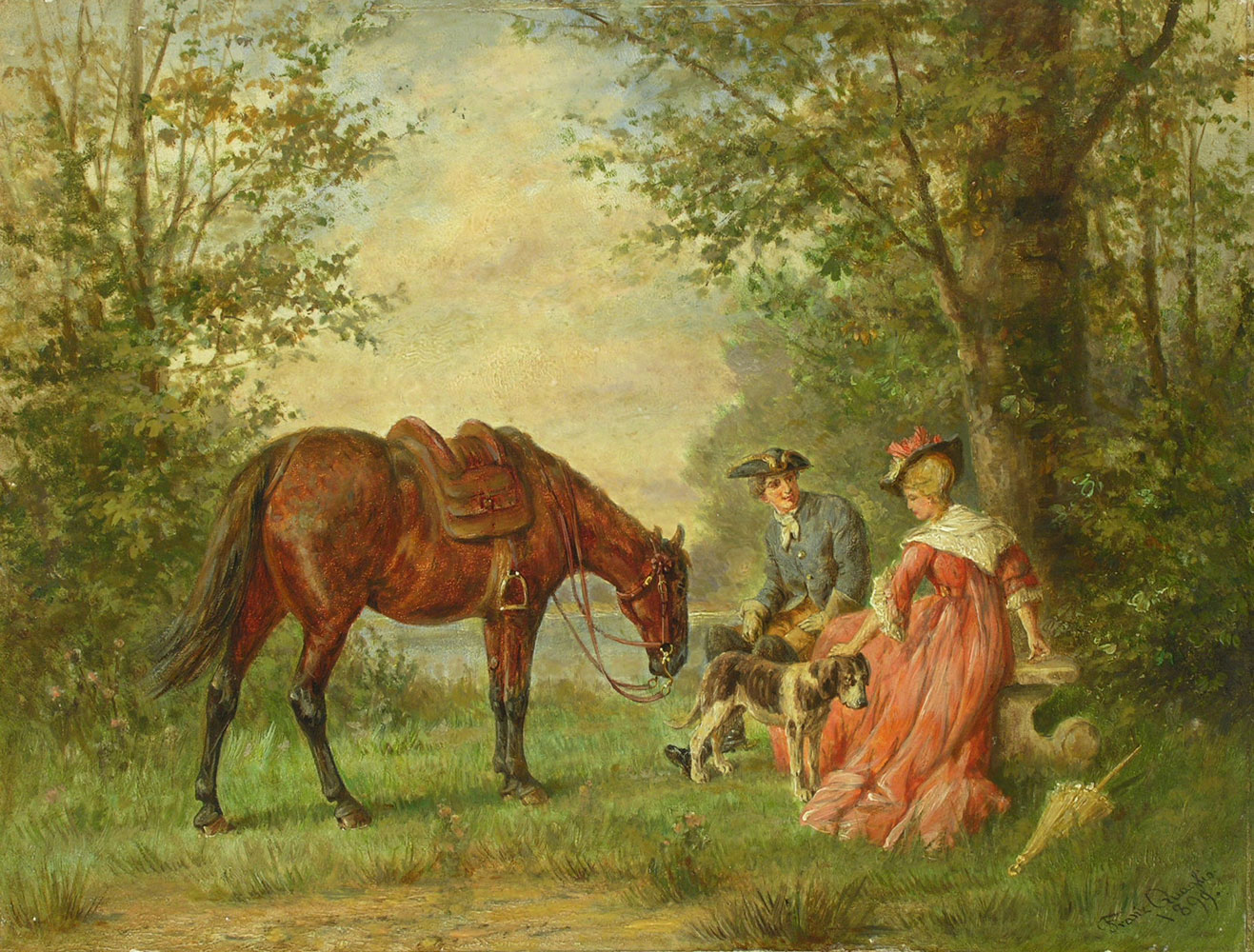
Franz Quaglio was a German painter of the last third of the nineteenth and early twentieth centuries of Italian origin. He is known as a painter, genre painter and animalist, a member of the Quaglio dynasty of artists, son of Simon Quaglio, a famous painter and decorator.
Franz Quaglio exhibited his works at various exhibitions from the early 1860s and is recognized as a master of miniature genre scenes with romantic, oriental and military motifs. He also dabbled in the creation of landscapes. Quaglio was a prolific artist and traveled extensively, visiting Italy, Turkey, Greece, and the Caucasus.
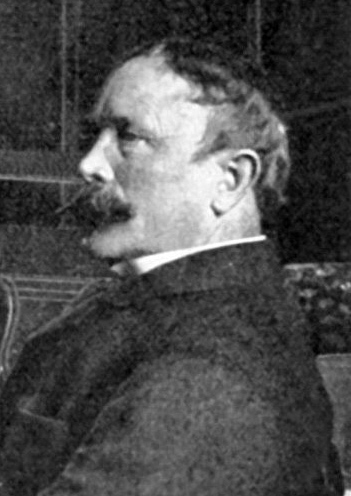
Eduard von Grützner was a German painter of the late 19th and early 20th centuries. He went down in the history of European art as a portrait painter and a brilliant master of genre.
Eduard von Grützner in most of his paintings depicted the life of monks, who usually appear to the audience in the images of merry rioters, leading a not ideal lifestyle. The public liked the original humorous style of the painter, and Grützner's work had many admirers.
Grützner was awarded the Royal Order of St. Michael and also received the title of honorary professor at the Munich Academy of Fine Arts. He also became a Knight of the Order of Civil Merit of the Bavarian Crown and received the title of nobleman, with the prefix "von" added to his last name.
Von Grützner is also known as a collector of art and antiques. For many years he collected masterpieces of the Gothic and Renaissance masters, and towards the end of his life he became interested in Far Eastern art.
